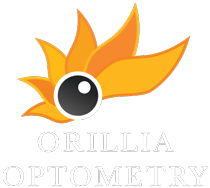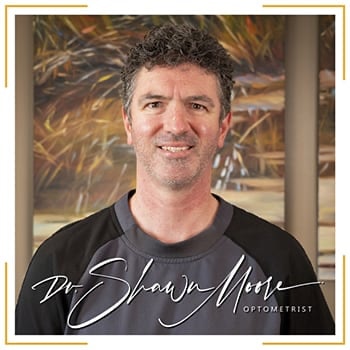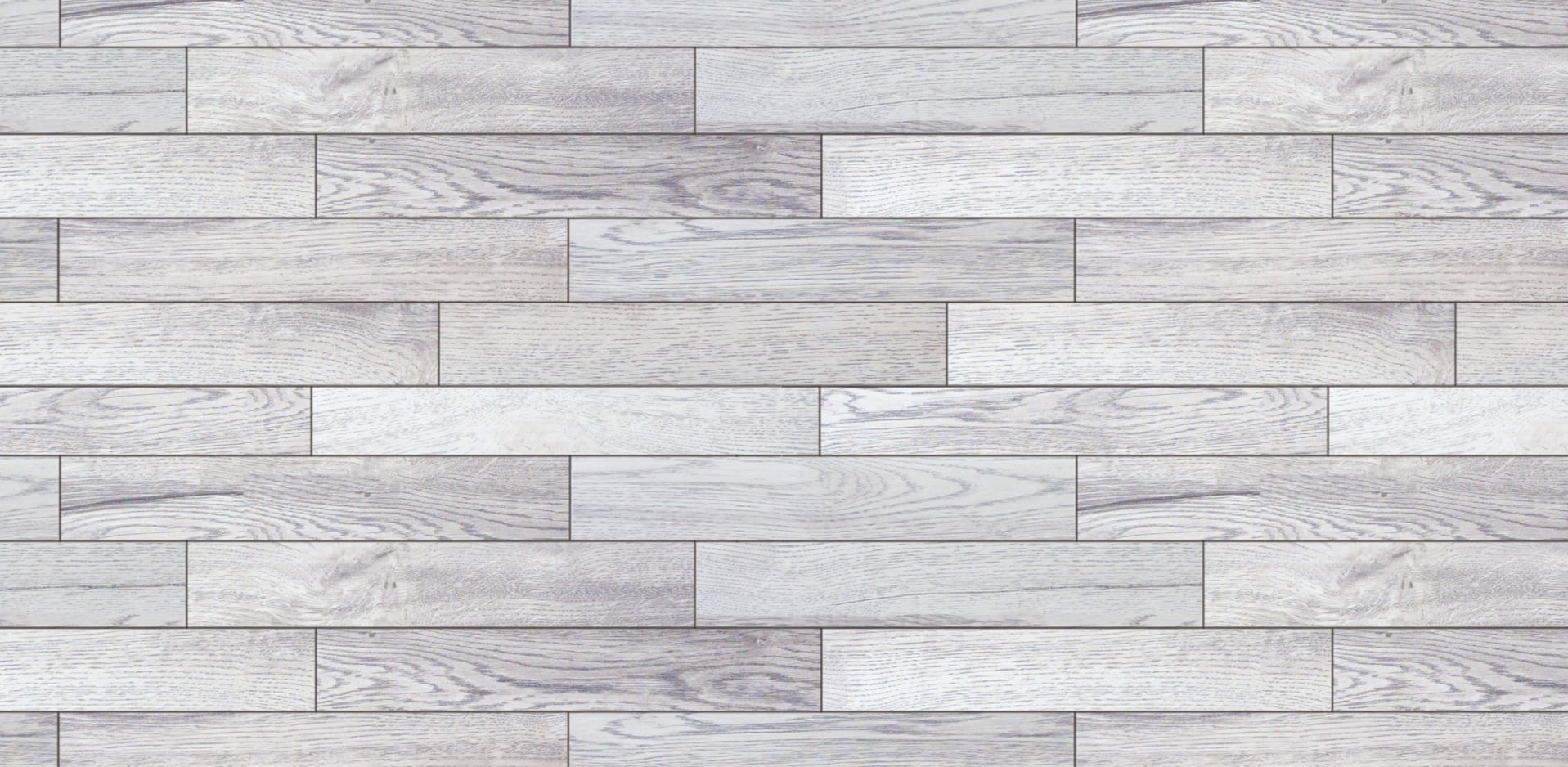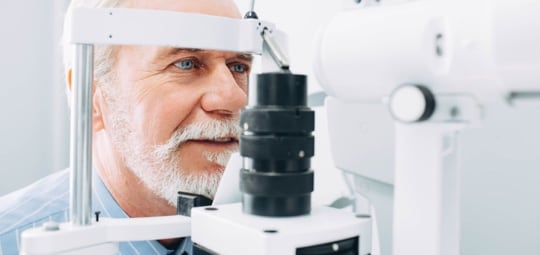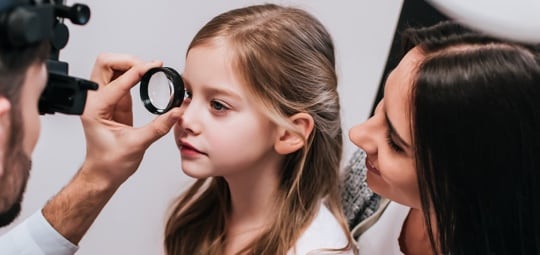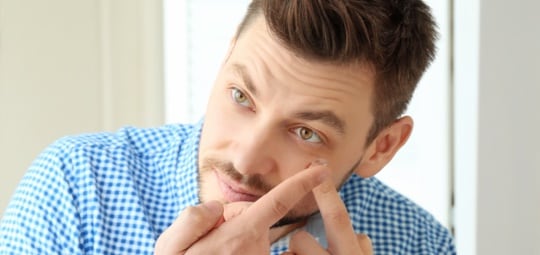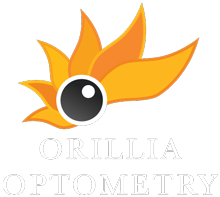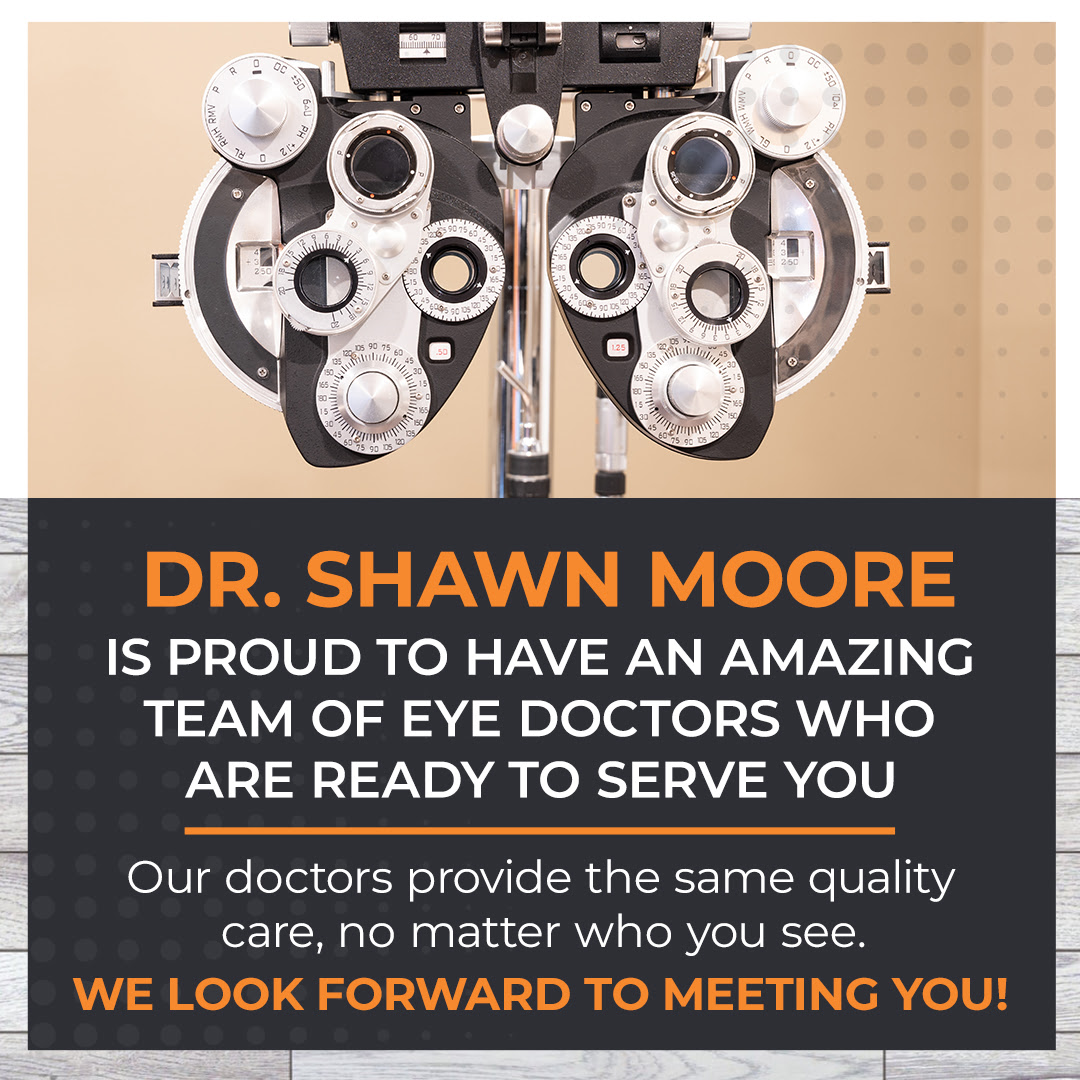If you’ve ever noticed a gritty and burning sensation, almost as if there’s a piece of sand trapped underneath your eyelid, you likely had dry eye disease. This is an extremely common eye condition that can cause symptoms ranging from discomfort to blurry vision, and while it’s treatable, it affects millions of people every day. But can dry eye can cause blindness?
Dry eye affects your tear production and leaves your eye exposed and vulnerable to contaminants, bacteria, and debris. This means that if dust or dirt enters the eye, it can’t easily be flushed away; over time, this can lead to corneal abrasions and permanent damage to your vision. Dry eye doesn’t cause blindness on its own, but it can put your vision at risk. That’s why treatment is so helpful—it may help preserve your sight in the long term.
What Is Dry Eye Disease?
Dry eye disease is a common eye condition caused by one of two problems; either your eye can’t produce sufficient tears to properly protect themselves, or there is a problem with the physical composition of the tear film that makes it less effective.
This tear film is made up of three layers:
- The inner mucin layer that’s responsible for keeping the tear fluid securely attached to the eye.
- The central aqueous layer that’s responsible for flushing away contaminants.
- The outer lipid (oil) layer that’s responsible for keeping the tear smooth and preventing early tear evaporation.
When functioning properly, these three layers combine to protect your eye and flush away potential damaging irritants, all while allowing light to pass through. But when the tear film is unbalanced, it can evaporate too quickly. This eventually leaves the eye vulnerable to outside problems; dirt, dust, debris, bacteria, and more can all enter the eye and cause havoc.
What Can Cause Dry Eyes?
The tear film can easily be influenced by outside factors. Often, the cause is due to the meibomian glands producing the oils for your tears; if they become blocked in any way, the oils being produced can’t reach the tears. The tears then evaporate too quickly and leave the eye exposed. When this occurs, it’s called “evaporative dry eye.”
However, evaporative dry eye isn’t the only possibility. Any factor that causes your eyes to need to work harder can lead to dry eyes, like:
- A dry, dusty, or windy environment
- Age-related changes in the eye
- Medical conditions like Sjogren’s syndrome, rheumatoid arthritis, or thyroid disorders
- Medications like antihistamines or antidepressants
- Hormonal changes, particularly post-menopause
Because dry eye can be caused by so many symptoms, it’s essential to learn how to recognize the signs; this way, you can speak with your optometrist and receive a proper diagnosis. Then, you can discuss dry eye treatment options.
Signs & Symptoms of Dry Eye Disease
Detecting dry eye disease heavily relies on keeping an eye out for the symptoms. The most obvious symptom is often irritation; if you notice a dry, gritty, or burning sensation, it’s an indication that your eyes are exposed and need some help.
Dry eye disease can also cause:
- Light sensitivity
- Visible redness or discharge
- Foreign body sensation (as if there’s something trapped in the eye)
- Difficulty wearing contact lenses
- Overall sensitivity
- Blurry vision
If you notice these symptoms regularly, it’s likely dry eye disease.
Can Dry Eyes Make You Go Blind?
Waking up with dry eyes one morning, doesn’t mean you’ll wake up blind the next.
Dry eye disease can be extremely uncomfortable, and the burning sensations can make your day much more frustrating than necessary. That’s one reason why it’s so essential to seek proper treatment—but treating dry eye is about much more than just finding relief.
When your eyes aren’t protected by your tear film, they’re more exposed to bacteria, contaminants, debris, and more. The tear film likely can’t wash away these irritants, meaning that they can cause much more harm than if your tears were properly functioning.
When you have chronic dry eye disease, your eyes are constantly exposed to these potential hazards. Over time, this can lead to abrasions, scratches, and more. In extreme cases, this can even cause long-term vision loss or even blindness. While this is rare, it’s still a possibility.
This is why treatment is so essential. It’s not just about relieving discomfort; it’s about preventing significant damage to your eyes and vision. So how do you get dry eye therapy?
How to Treat Dry Eyes
When treating dry eye disease, it all begins with a visit to your optometrist. They can examine your eyes, your tear film, and your overall vision to determine what’s causing your vision troubles and discomfort. Then, they’ll recommend an appropriate treatment.
Usually, an at-home approach can help when you need temporary relief. Your optometrist may recommend eye drops or warm compresses when your dry eyes flare up; this can help alleviate symptoms and discomfort. However, for more serious cases, they may recommend in-office treatment.
At Orillia Optometry, we may recommend:
- iLux, where we can clear your meibomian glands during an in-office treatment to help promote healthy oil production, or
- Intense pulsed light therapy (IPL), where we use gentle amounts of light pulses to target the glands and surrounding blood vessels, making it easier for the oil to flow onto your eye.
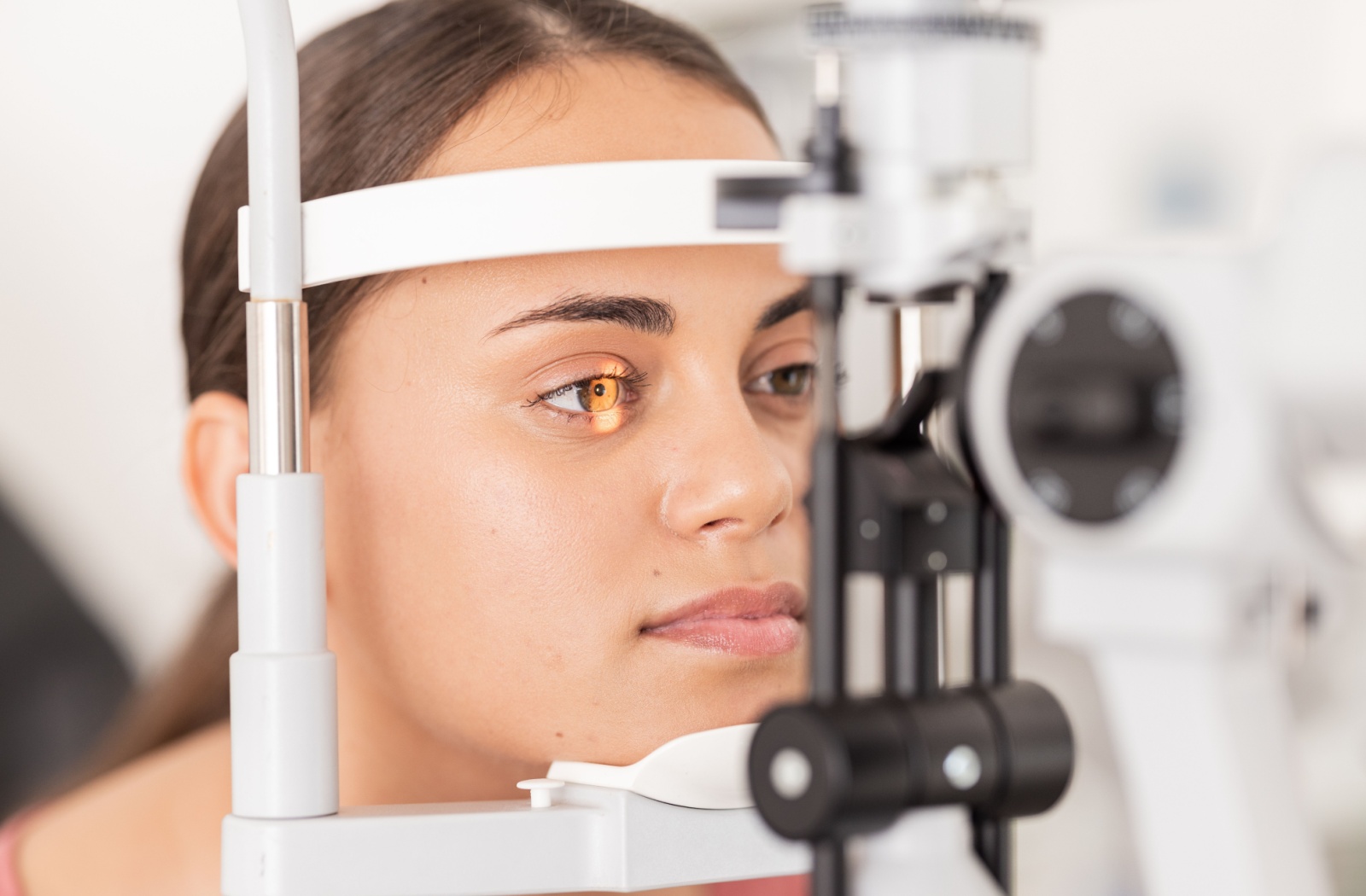
Find Relief from Your Dry Eyes
If you’re living with dry eye disease, don’t let it disrupt your day. Instead, come see our team at Orillia Optometry to discuss dry eye therapy. Our experienced team can provide a diagnosis and recommend appropriate treatment. Book an appointment with us today, and take your first step towards finding relief from your dry eyes.
